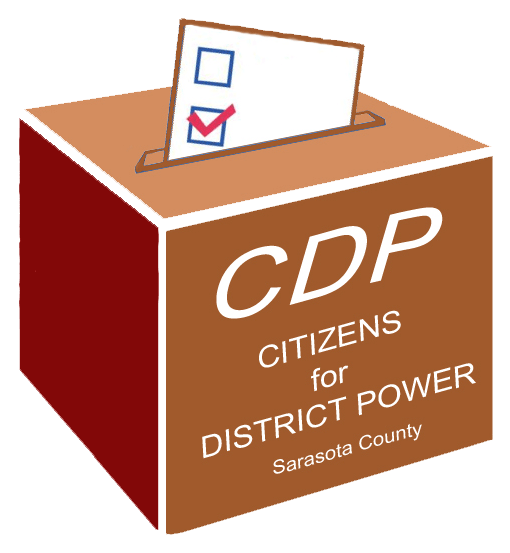The Bias of At-Large Elections: How it Works
- ridiculoushobby
- Jan 7, 2022
- 3 min read
“The Oldest Trick in the Book”
The following excerpts are from a longer piece found in full at NonProfit VOTE

If you want to rig a local election, there’s an easier way than stuffing a ballot box, gerrymandering a district, or amassing a campaign war chest to scare off challengers. Have your city or county adopt winner-take-all “At-Large” voting, where, instead of using districts, all or most council or school committee candidates must run “at large," city or countywide.
At-Large block voting—also known as the “plurality-At-Large voting method”[1]—has been called the oldest trick in the book.[2] Supreme Court Justice Ginsberg cited this method, along racial gerrymandering, as a preeminent second-generation way to deny equal opportunity for minority voters and candidates.
Congress has banned At-Large voting for all federal elections. It’s been discarded by most states. No voting method has been subject to more litigation for its discriminatory impact on local elections. Yet, while the covers are off the discriminatory impact and intent of At-Large voting, it persists in hundreds of local jurisdictions.
The Advantage of Districts
By contrast, neighborhood-based election districts make it easier for both voters and candidates. Voters are more likely to meet the candidates in person and have access after the election to a neighborhood-based representative. For candidates, the campaigns cost less, more time is spent closer to home, and there is more chance to meet people they seek to represent. Local election districts also do a better job of representing those not yet eligible to vote who also have easier access to a local rep and, as residents, get counted for the purposes of how districts are created.
A drawback is that district lines can be gerrymandered to favor one group. But on balance districts have provided not only more opportunity for underrepresented groups but also, because they’re neighborhood based, better access to local representatives post-election. District systems do benefit from having some At-Large seats to ensure a jurisdiction-wide perspective.
Enter the Voting Rights Act
The 1965 Voting Rights Act (VRA) advanced the constitutional principle of equal opportunity to register and participate in elections. In 1982, when the VRA was extended by Congress, its amendments gave teeth and standards for legal challenges to At-Large voting methods. Soon after, the Supreme Court (Thornburg v. Gingles) set a three-prong test for a legal challenge to At-Large systems, the most important prong being the ability of minorities to demonstrate that the majority group votes with sufficient cohesion to defeat their preferred candidates and deny them and others an equal opportunity to elect candidates of their choice.
Conclusion
At-Large voting systems may be appropriate for multi-winner elections in small jurisdictions where everyone knows the candidates and one segment of the population can’t be routinely outvoted. This is not true in larger jurisdictions that are more susceptible to the discriminatory effects of block voting—add to this the problems for candidates facing the high costs of running citywide and for voters of deciding among a long list of candidates on the ballot, most of whom they don’t know or have never met. With higher stakes for policy outcomes and the need to represent and engage all neighborhoods, At-Large voting results in under representation for the majority of neighborhoods.
In spite of the bans, the disuse, and lawsuits, At-Large systems remain in many local jurisdictions. Incumbents elected At-Large are rarely the ones to call for a more democratic system. The challenge is most often led by the affected voters themselves with the help of civic groups, legal partners, or government willing to enforce equal opportunity voting rights found in the VRA and the Constitution itself. In the process, the pillars of democratic participation are uplifted and reinforced, and a more effective system for long-term voter engagement emerges.







Comments